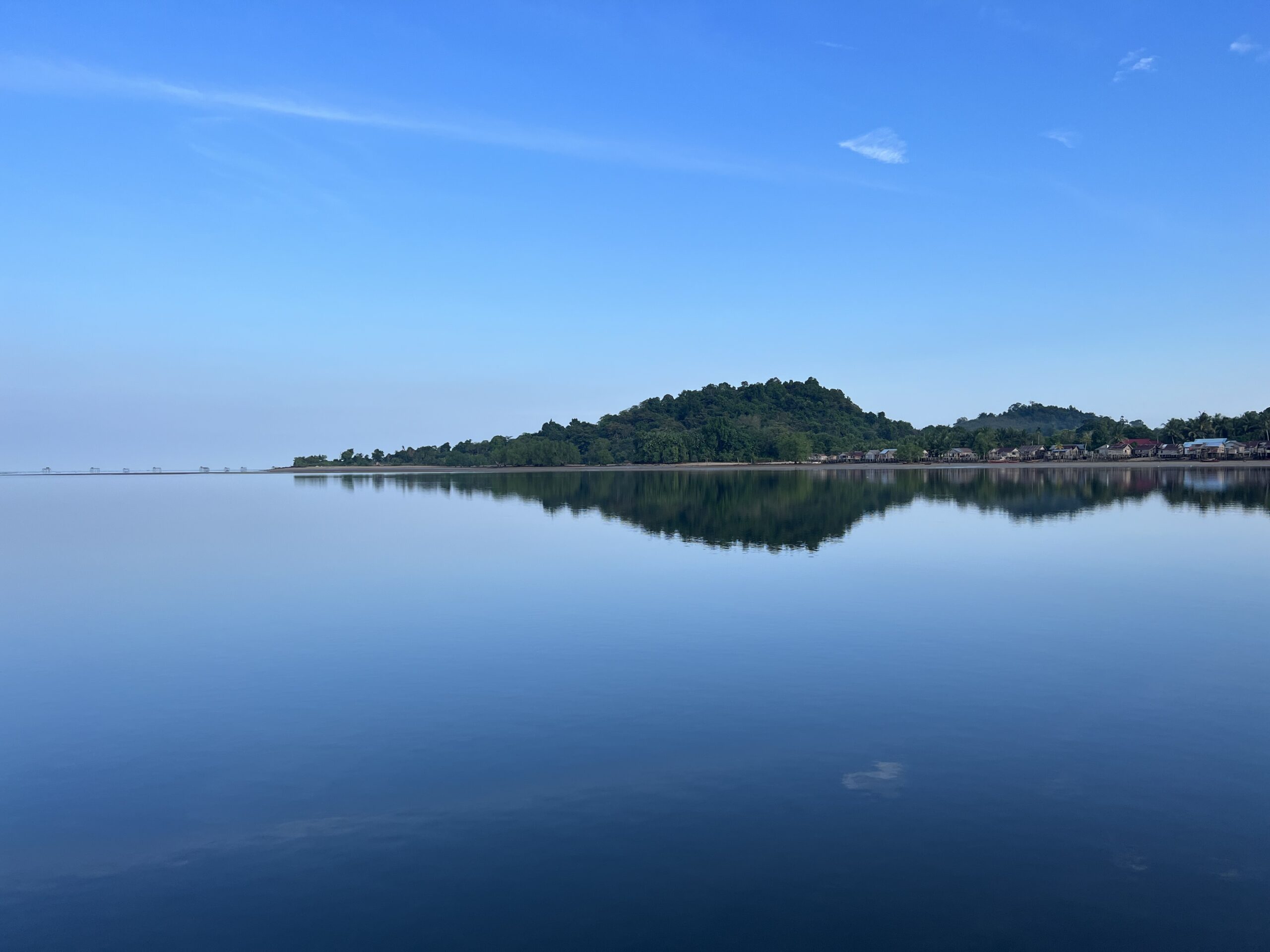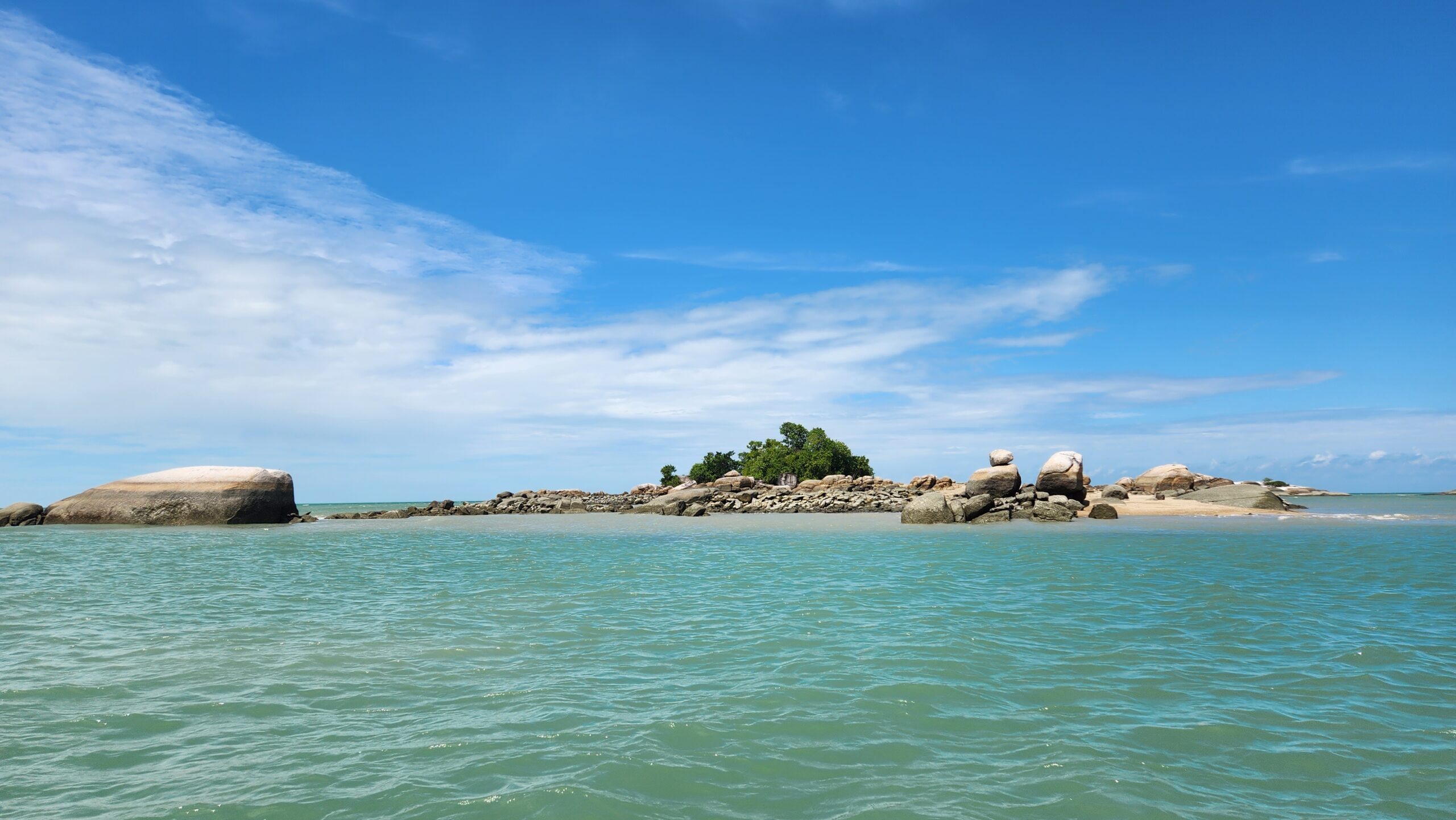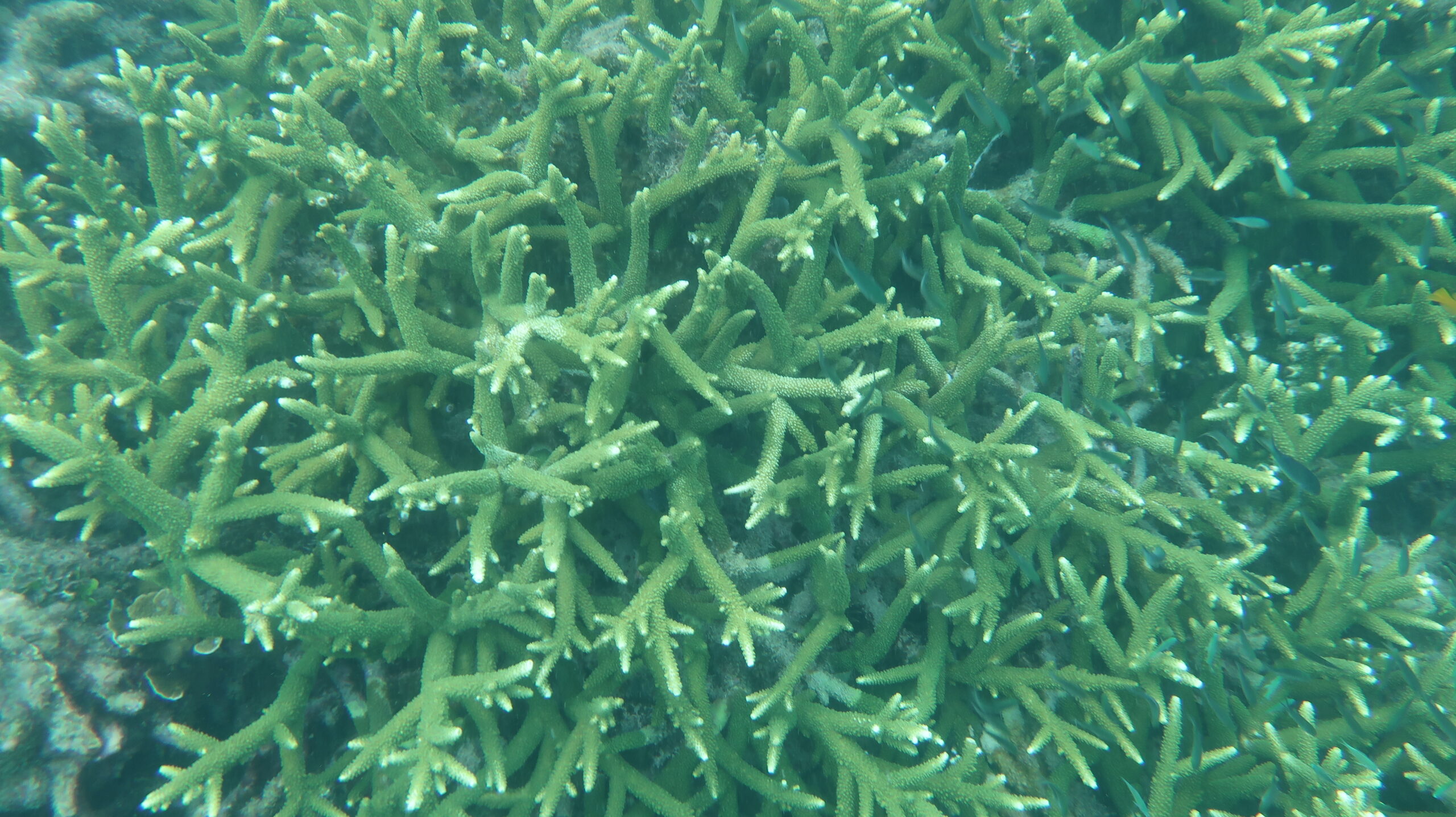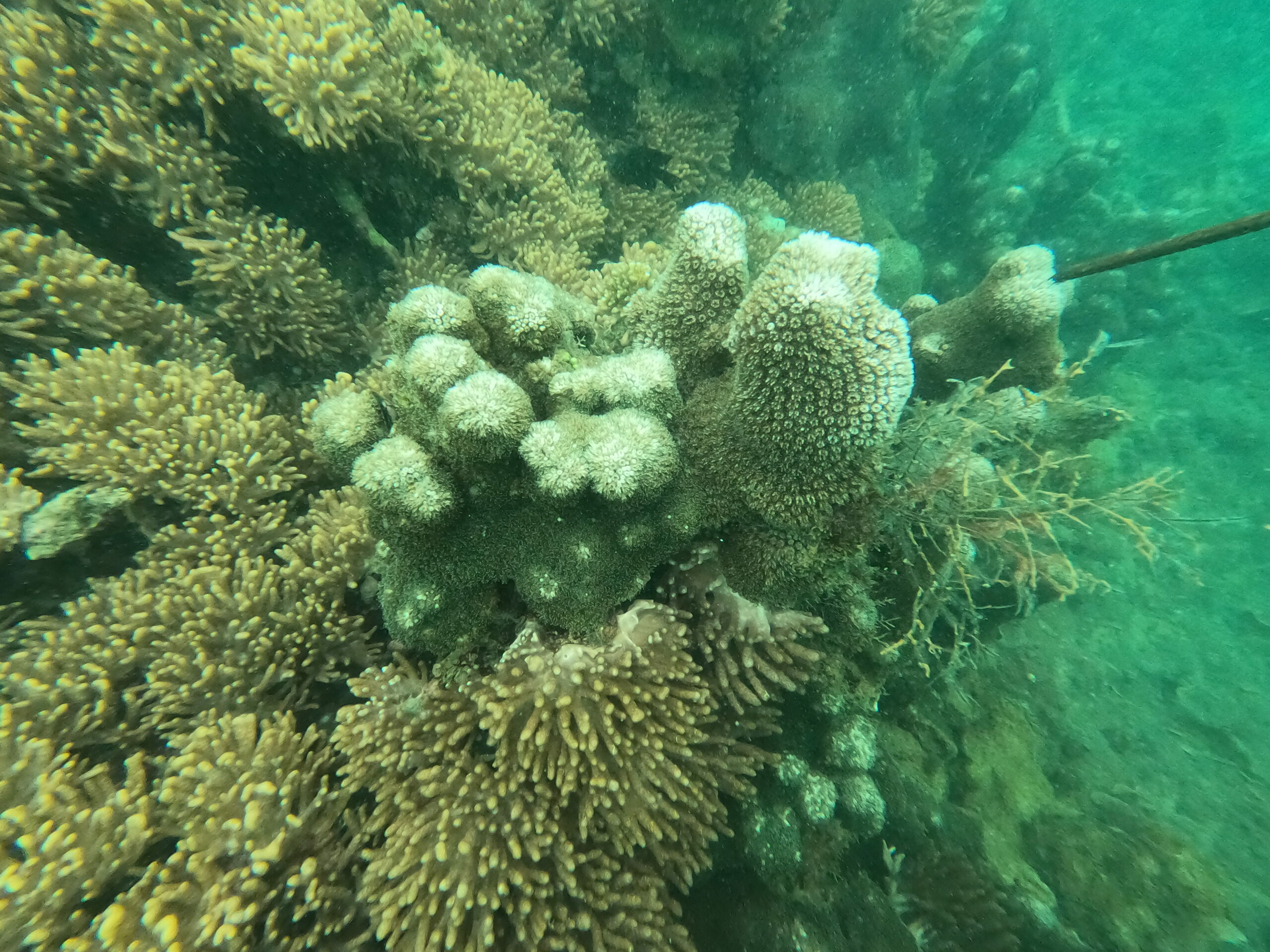Habitat Unknown
While we know where most sharks and rays live, for the clown wedgefish, this is still a puzzle with many missing pieces.
This Critically Endangered species was known only from specimens collected from Singapore and Jakarta fish markets and was thought to be on the verge of extinction. Without any records in over 20 years, there was little hope that the Clown Wedgefish persisted until a specimen was found at a Singapore fish market in 2019.
But this record did not lead us any closer to knowing where the species naturally occurs. Social media would provide the first real insights when photos were posted online of clown wedgefish for sale in the southwest Riau Islands of Indonesia.
Armed with this information, we knew where to start our search for the clown wedgefish. The Riau Islands are a scattered island chain within the vast archipelago of Indonesia. Southwest Riau includes Singkep and Lingga Islands, which sit south of Singapore and east of Sumatra.

Tropical forests meet the sandy beach shorelines of Singkep Island. Photo © Emma Humphreys
Our project team from Charles Darwin University (CDU), University of Southern Mississippi (USM), and Maritime University of Raja Ali Haji (UMRAH) met in Indonesia in late May to undertake the project’s targeted environmental DNA (eDNA) surveys of Singkep Island. Working with local boat captains, the team collected 100 samples from 33 sites covering the whole of Singkep and smaller offshore islands. These samples will be screened at USM to look for the DNA of this elusive wedgefish. The collection of these samples was a central component of training Indonesian researchers and students in eDNA field methods.
While in the field, we were struck by the wide variety of habitats surrounding Singkep Island. This small island (about the size of Singapore) included representative areas of most inshore and coastal tropical habitats.

Inshore rocky islets of southern Singkep Island. Photo © Benaya Simeon
Coral reefs and seagrass beds were particularly notable. Rays were observed on the reef habitat including coach whipray and blue-spotted fantail ray. In fact, the social media posts that originally led the team to the Riau Islands in our search for the clown wedgefish showed them for sale alongside fishes characteristic of coral reefs and sandy habitats. Finding these ample habitats around Singkep Island gives us hope that this highly threatened fish might be lurking amongst them.

Branching corals of inshore Singkep Island. Photo © Zamalludin

Coral reef habitat in shallow waters of Singkep Island. Photo © Zamalludin
Two significant areas of mangrove-lined estuaries provided a muddier habitat, and the team wondered if these might also be hiding the clown wedgefish or even remnant sawfish populations.
The results of screening the eDNA water samples, along with our ongoing survey work under the SOSF Clown Wedgefish – No Laughing Matter project will hopefully resolve the species’ habitat preferences and allow the development of the first clown wedgefish conservation plan.
